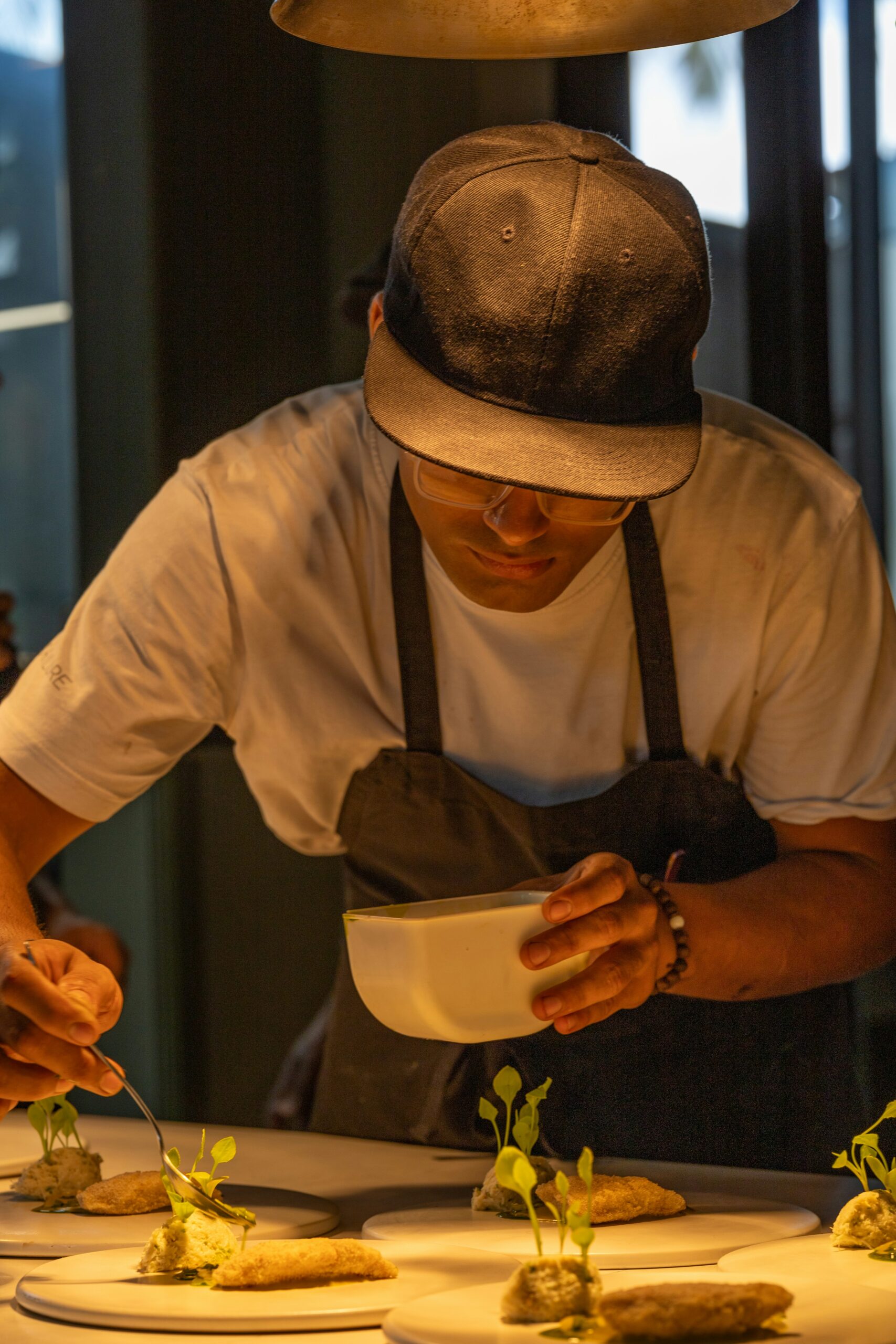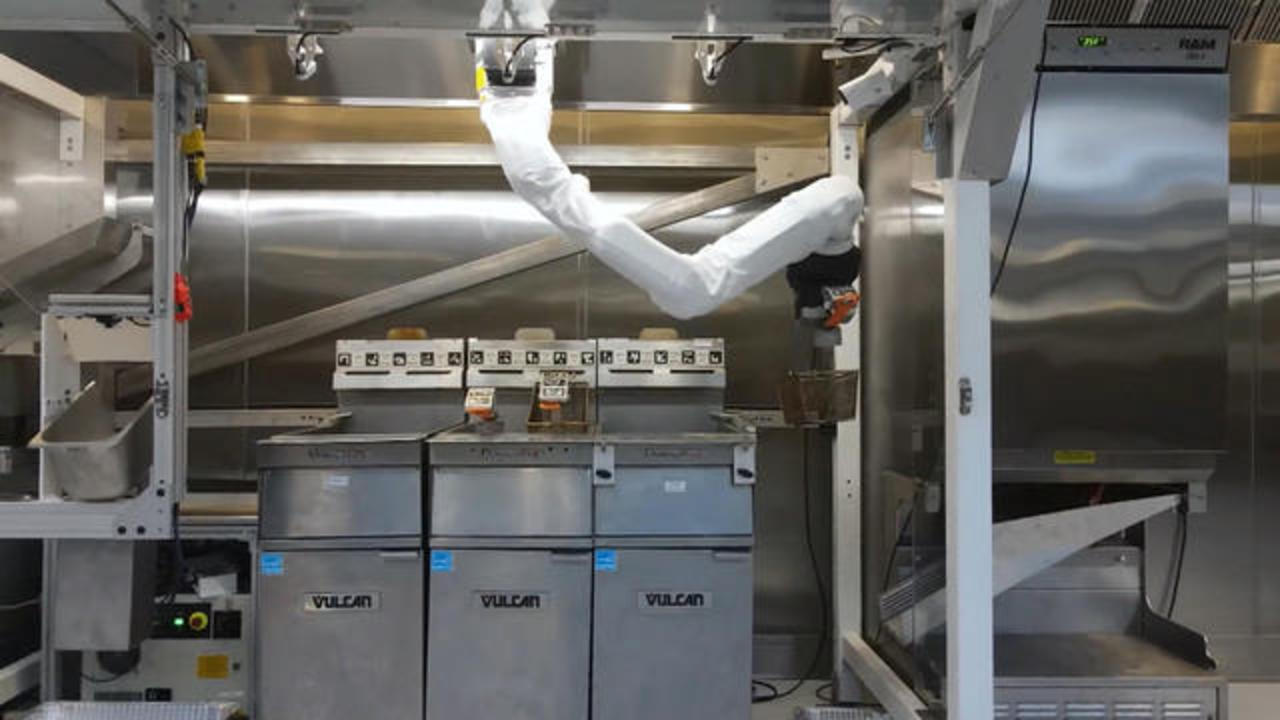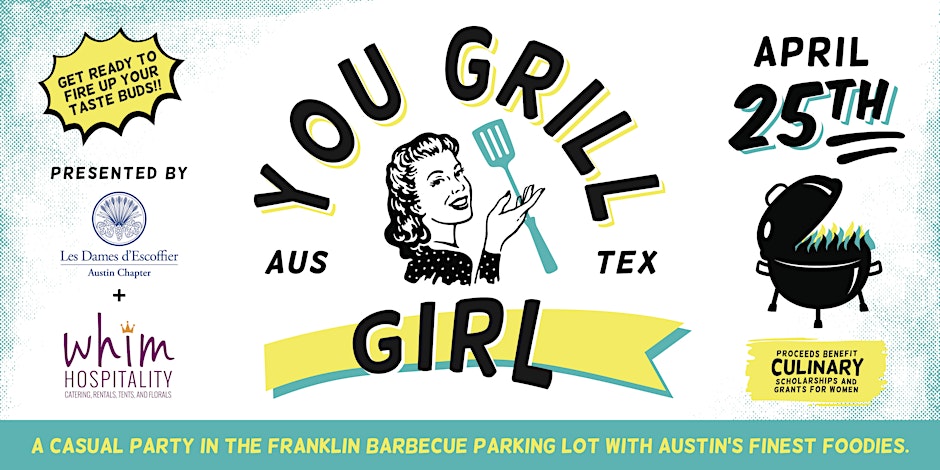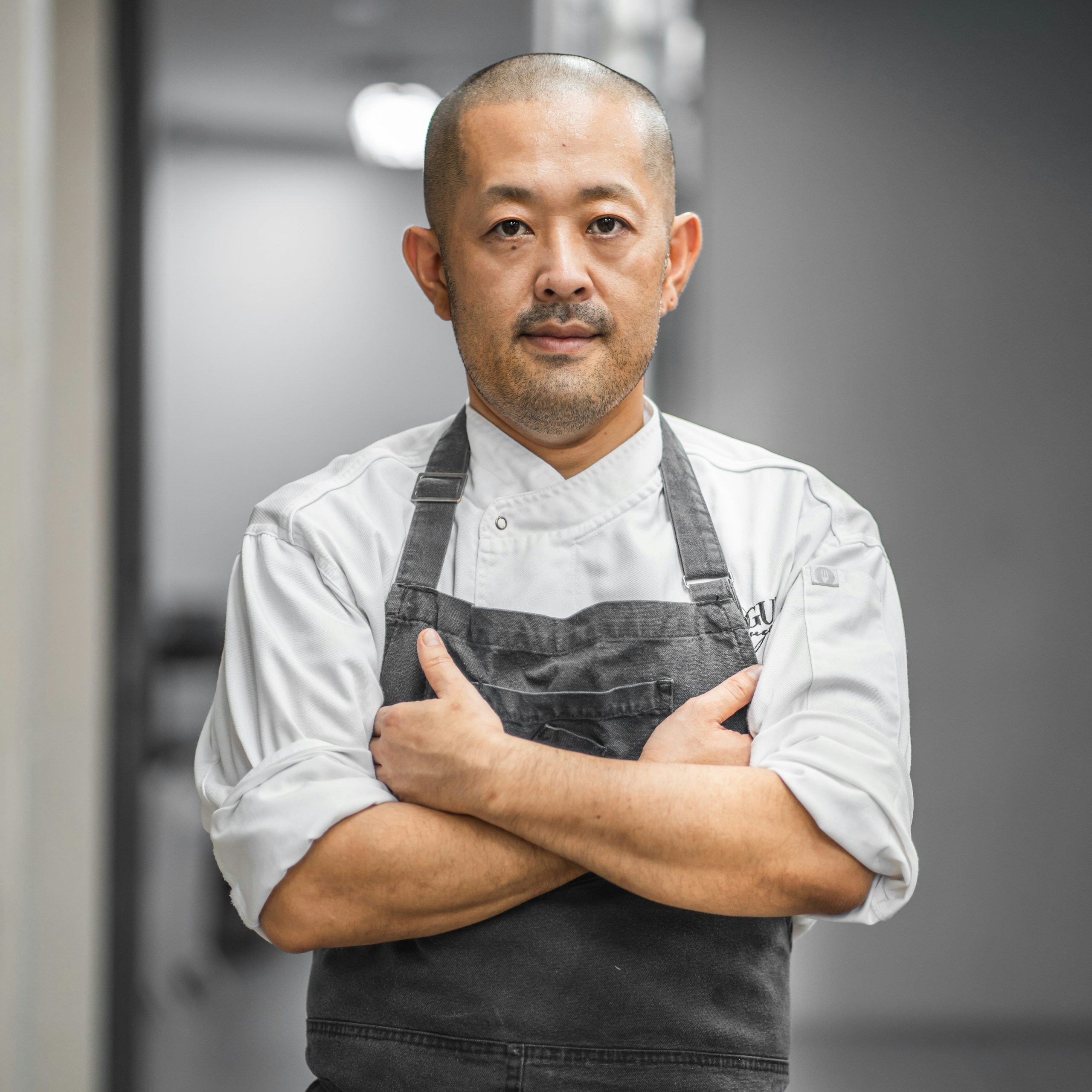In the heart of California, a groundbreaking transformation is underway in the culinary world. A local restaurant has taken a bold step into the future by integrating AI-powered robot chefs into its kitchen operations, signaling a new era of dining experiences. This innovative approach promises not only to revolutionize the way food is prepared but also to redefine the roles of human chefs in the process.
The Advent of AI in the Kitchen
The introduction of AI robot chefs in California is not just a technological advancement; it’s a glimpse into the future of culinary arts. According to CBS News, these robots are designed to handle various kitchen tasks with precision and efficiency, from chopping vegetables to cooking complex dishes. This technology aims to streamline kitchen operations, reduce food waste, and enhance the consistency and quality of meals served.
The use of AI in the kitchen is a response to several pressing challenges faced by the restaurant industry. One of the most significant issues is the ongoing labor shortage, exacerbated by the COVID-19 pandemic. Restaurants have struggled to find and retain skilled kitchen staff, leading to increased operational costs and reduced service quality. By incorporating AI robots, restaurants can mitigate these challenges, ensuring that they can continue to operate smoothly and efficiently.
How AI Robots Work
The AI robots used in California kitchens are equipped with advanced sensors, machine learning algorithms, and robotic arms that mimic the movements of human chefs. These robots can be programmed to perform a wide range of tasks, from simple chopping and slicing to complex cooking techniques. They are designed to work alongside human chefs, complementing their skills and allowing them to focus on more creative and high-value aspects of food preparation.
For instance, the robot can handle repetitive and physically demanding tasks such as kneading dough, stirring sauces, or grilling meat. This not only speeds up the cooking process but also reduces the risk of human error and injury. Additionally, the robots can be programmed to follow specific recipes to the letter, ensuring that each dish is prepared with the same level of precision and consistency every time.
Enhancing Efficiency and Sustainability
One of the key benefits of AI robot chefs is their ability to enhance kitchen efficiency and sustainability. According to a report by the National Restaurant Association, food waste is a significant issue in the industry, with restaurants generating millions of pounds of waste each year. AI robots can help address this problem by optimizing ingredient usage and reducing waste through precise measurements and portion control.
Moreover, these robots can operate around the clock, ensuring that kitchens can meet the demands of busy service periods without compromising on quality. This is particularly beneficial for restaurants that operate in high-traffic areas or have extended operating hours. By maintaining a consistent level of productivity, AI robots can help restaurants increase their output and profitability.
Impact on the Culinary Workforce
While the integration of AI robots in kitchens offers numerous benefits, it also raises important questions about the future of the culinary workforce. Critics argue that the widespread adoption of robot chefs could lead to job displacement for human chefs and kitchen staff. However, proponents of the technology believe that it will create new opportunities for skilled workers to focus on more creative and strategic roles within the kitchen.
The U.S. Bureau of Labor Statistics predicts that while some traditional kitchen roles may decline, there will be an increased demand for workers with expertise in managing and maintaining these advanced technologies. This shift will require a new set of skills, including proficiency in robotics, programming, and AI, which can be developed through specialized training programs and certifications.
Real-World Applications and Case Studies
Several restaurants in California have already begun to experiment with AI robot chefs, and the results have been promising. For example, a popular sushi restaurant in San Francisco has incorporated a sushi-making robot that can prepare rolls with remarkable speed and precision. This has allowed the restaurant to serve more customers during peak hours while maintaining the high quality of their dishes.
Another notable example is a fast-casual restaurant in Los Angeles that uses a burger-flipping robot to handle the grill station. The robot can cook multiple burgers simultaneously, ensuring that each one is cooked to perfection. This has not only improved the restaurant’s efficiency but also enhanced the overall dining experience for customers.
These real-world applications demonstrate the potential of AI robots to transform the restaurant industry. By embracing these technologies, restaurants can improve their operations, reduce costs, and provide a better experience for their customers.
The Future of Dining
The rise of AI robot chefs is just the beginning of a broader trend towards automation and technology in the culinary world. As these technologies continue to evolve, we can expect to see even more sophisticated applications in the kitchen, from automated inventory management systems to AI-powered menu planning tools.
For example, AI can analyze customer preferences and dining trends to help chefs create personalized menus that cater to individual tastes and dietary requirements. This level of customization can enhance the dining experience, making it more enjoyable and memorable for customers.
Furthermore, AI robots can assist in ensuring food safety and hygiene by monitoring kitchen conditions and detecting potential hazards. This can help prevent foodborne illnesses and maintain high standards of cleanliness and sanitation in the kitchen.
Conclusion
The integration of AI robot chefs in California’s kitchens marks a significant milestone in the evolution of the restaurant industry. While there are challenges to overcome, the potential benefits of this technology are undeniable. By embracing AI, restaurants can enhance their efficiency, sustainability, and customer experience, setting the stage for a new era of dining.
As we look to the future, it is clear that AI and automation will play an increasingly important role in the culinary world. By staying ahead of the curve and investing in these technologies, restaurants can ensure their continued success and growth in a rapidly changing industry. The future of dining is here, and it is being shaped by the innovative minds who dare to think outside the traditional kitchen.

 Tips & Advice5 years ago
Tips & Advice5 years ago
 News & Stories4 years ago
News & Stories4 years ago
 Restaurants4 years ago
Restaurants4 years ago
 Recipes4 years ago
Recipes4 years ago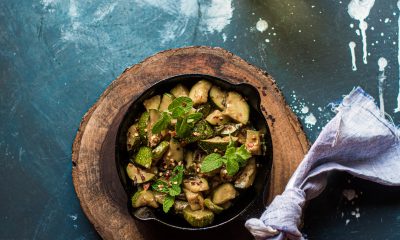
 Kitchen Gadgets4 years ago
Kitchen Gadgets4 years ago
 Chefs4 years ago
Chefs4 years ago
 Kitchen Gadgets4 years ago
Kitchen Gadgets4 years ago
 Kitchen Gadgets4 years ago
Kitchen Gadgets4 years ago
